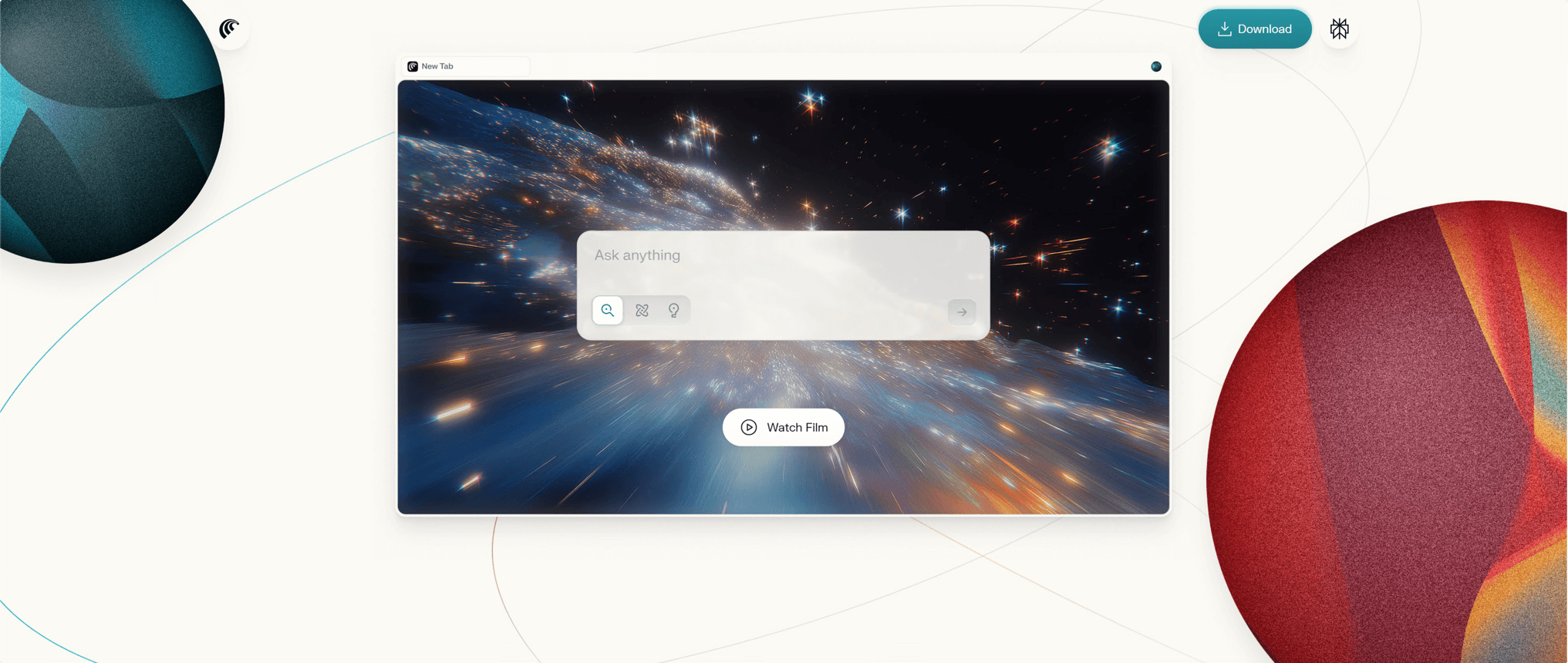Every day, thousands of new YouTube channels are launched. Most creators start with hope, energy, and a good camera — but only a handful break through. The rest end up frustrated, burned out, or stuck in the dreaded single-digit view count. I’ve been there. The cycle of pouring hours into filming and editing, only to see your work disappear into the digital void, is demoralizing. The problem isn’t always the quality of the content; it’s the strategy, or lack thereof. YouTube isn’t just a video library; it’s a massive search engine and a sophisticated discovery platform. If you don’t understand how to communicate with its algorithm, even the best videos will go unseen. This article breaks down how to shift from hopeful guessing to a data-driven strategy. We’ll explore how to use smart tools to understand what works, optimize your content for discovery, and finally achieve sustainable growth on the platform.
It’s time to stop shouting into the void and start making your content discoverable.
The Uphill Battle: YouTube’s Growth and Content Challenges
The initial excitement of starting a YouTube channel can quickly fade when the view counter remains stubbornly low. This isn’t a unique experience; it’s the default for most new creators who underestimate the platform’s complexity.

The Content-Viewership Disconnect
Many creators operate under the assumption that if they create high-quality content, the views will naturally follow. We spend countless hours on scripting, filming, and editing, convinced that our effort will be recognized. But this often leads to a painful disconnect where excellent videos get almost no traction.
Good content alone is not enough to guarantee views on YouTube. The platform is saturated with high-quality productions. With over 500 hours of video uploaded every minute, being “good” is just the entry fee. Your content must also be discoverable, and that requires understanding the systems that recommend it to viewers.
A Crowded Field for New Channels
The barrier to entry for video creation is lower than ever, which means the competition is fiercer than ever. You aren’t just competing with other small channels; you’re up against established creators and media companies with entire teams dedicated to production and optimization.
The truth is, YouTube functions more like a search engine than a simple video host. As Brian Dean from Backlinko notes, just like with Google, you need to apply SEO principles for your content to be found.
YouTube is the second-largest search engine in the world. Just like people search for products and need problems solved via Google, the same rings true on YouTube.
Without a basic understanding of YouTube SEO, your videos are essentially invisible to the very audience you’re trying to reach.
The Invisible Hurdles to Gaining an Audience
For new creators, the YouTube algorithm can feel like a black box. How do videos get selected for the homepage or the “Suggested Videos” sidebar? It seems random, but it’s not. The algorithm relies on data—titles, descriptions, tags, watch time, and engagement signals—to understand what a video is about and who might want to watch it.
If your video’s metadata is vague or unoptimized, you’re not giving the algorithm the information it needs to do its job. You’re effectively creating invisible hurdles that prevent your content from reaching potential fans. Overcoming this requires a strategic approach to how you package and present every video you upload.
Key Strategies for Boosting YouTube Views with Data Tools
Once you accept that YouTube is a system you can learn, the path to growth becomes much clearer. Instead of guessing, you can use data to make informed decisions that directly impact your view count. This is where analytics tools become indispensable.

Optimizing Keywords and Titles
Your video title is arguably the most critical piece of metadata. It’s the first thing a potential viewer sees and a primary factor for both search rankings and click-through rates (CTR). A vague, uninspired title can doom a great video before it’s even watched.
Treating your titles and keywords like a science, not an art, is the first step to getting discovered. Tools like VidIQ and TubeBuddy offer keyword research features that show you what people are actually searching for. They provide scores based on search volume and competition, helping you find topics where you can realistically compete. An industry study found that simply adding brackets to a title can increase clicks by 33%, a small data-backed tweak that can have a huge impact.
According to YouTube’s own Creator Academy, your title and thumbnail can “make or break your entire video.” They work together to create a first impression that entices viewers to click.
By researching keywords and crafting compelling, data-informed titles, you align your content with existing viewer demand, making it easier for them to find you.
Timing Your Uploads with Audience Activity
Does it matter when you publish your videos? Absolutely. Uploading a video when your target audience is most active can give it an initial velocity boost, signaling to the YouTube algorithm that the content is timely and engaging. This can lead to better placement in subscription feeds and browse features.
However, figuring out that optimal time used to be pure guesswork. Now, tools like TubeBuddy and VidIQ analyze your specific channel’s data and tell you the exact days and hours your audience is most likely to be online. Publishing your video during these peak windows ensures it lands in front of the maximum number of subscribers right away, increasing its chances of gaining early momentum. For a general overview, many marketers have analyzed the best times to post on social platforms, but personalized data is always superior.
Tracking Trending Videos and Hot Topics
Creating content around a trending topic is one of the fastest ways to get a burst of views. The challenge is identifying a trend before it becomes completely saturated. This is another area where data tools provide a significant edge.
VidIQ, for example, offers “Trending Video Alerts” that notify you when videos in your niche are gaining velocity. This allows you to “ride the wave” by creating content that taps into a surge of public interest. It’s a proactive strategy that lets you create videos you know people are already looking for, rather than hoping they’ll be interested in what you’ve already made.
VidIQ vs. TubeBuddy: Smart Tools to Power Your YouTube Growth
While YouTube’s built-in analytics are useful, third-party tools like VidIQ and TubeBuddy offer a layer of insights and productivity features that can dramatically accelerate your growth. They integrate directly into your YouTube dashboard, providing data right where you need it.

VidIQ: Core Features and Data Insights
VidIQ positions itself as an analytics and intelligence tool designed to help you understand the competitive landscape. It provides a real-time scorecard for any video, showing you its SEO score, tag performance, and social engagement metrics.
VidIQ excels at providing real-time competitive analysis and keyword insights directly within the YouTube interface. Its keyword scoring tool was a game-changer for me, revealing high-volume, low-competition search terms I would have never found on my own. It also offers title recommendations and trend alerts to keep your content strategy sharp and relevant. As they state on their website, their goal is to provide the insights you need to grow.
“Our mission is to empower every video creator with the insights and inspiration they need to grow. That’s why we’re obsessed with providing an intelligent mix of technological and human expertise that boosts your productivity and gets you more views.” – vidIQ Mission Statement
VidIQ isn’t magic. But it’s smart. It helps good creators get noticed by removing guesswork and letting data lead the way.
TubeBuddy: Unique Tools and Automation
While also offering strong SEO features, TubeBuddy shines in its suite of productivity and automation tools. It’s designed to make the workflow of a creator more efficient, saving you time on repetitive tasks so you can focus on creating.
TubeBuddy shines with its productivity tools, bulk processing capabilities, and powerful A/B testing features. Its bulk processing tools are a lifesaver for established channels, allowing you to update descriptions or end screens across hundreds of videos at once. For growing channels, the A/B testing tool for thumbnails and titles is invaluable, letting you test different options to see which performs better. According to their own data, active users see tangible results: 79% more views and 32% more subscribers on average.
AI for Content Ideation and Scripting
Both platforms are increasingly integrating AI to help with the creative process itself. Features like VidIQ’s “AI-Powered Video Ideas” or dedicated tools like TubeMagic can help you break through creative blocks by generating video topics based on your channel’s niche and successful trends. Some tools even offer AI-generated script templates, providing a solid structure to build upon. This fusion of AI and human creativity helps streamline content planning and ensures you’re always working on ideas with proven potential.
Putting It Into Practice: How to Achieve Sustained Growth with Tools
Having the right tools is only half the battle. The key to sustained growth is integrating them into a consistent workflow of testing, learning, and refining your strategy.

A/B Testing Thumbnails and Titles
Your thumbnail and title are your video’s billboard. If they don’t convince a user to click, nothing else matters. This is why A/B testing is so powerful. TubeBuddy’s A/B testing tool, for example, allows you to run two different thumbnails or titles on the same video, automatically alternating them and then providing a report on which one achieved a higher click-through rate (CTR).
Systematically testing your thumbnails and titles is the single most effective way to increase your click-through rate (CTR). This isn’t a one-time fix; it’s an ongoing process of learning what colors, fonts, and phrasing resonate with your audience. Given that 9 out of 10 of the most-viewed videos on YouTube use a custom thumbnail, dedicating time to optimizing them is non-negotiable.
Boosting Audience Engagement and Community Management
Engagement signals—likes, comments, and shares—are critical for the YouTube algorithm. They tell the platform that viewers are not just watching your video, but actively enjoying it. A study of over 1 million YouTube videos confirmed this.
A YouTube ranking factors study found a significant correlation between high rankings and engagement signals like comments, likes, and subscribes.
As your channel grows, managing comments can become overwhelming. Tools like TubeBuddy’s comment moderation system help by offering features like canned responses and filtering comments from new subscribers or patrons. This makes it easier to engage with your community, foster a loyal following, and send positive signals to the algorithm.
Cross-Platform Promotion and SEO
Your promotion strategy shouldn’t be confined to YouTube. Embedding your videos on your blog or website can drive high-quality views and improve on-site metrics like bounce rate. Sharing your content across social media platforms is also crucial.
To maximize reach, consider creating native clips for platforms like Twitter or Instagram that tease the full video on YouTube. Tools like TubeBuddy’s Social Monitor can help you track where your videos are being discussed online, revealing new communities to engage with. Furthermore, features like its “Opportunity Finder” suggest tags that can help your videos rank not just on YouTube, but in Google search results as well, opening up a massive new source of traffic. A solid YouTube SEO strategy should always consider both platforms.
Conclusion
Growing a YouTube channel in today’s crowded landscape feels like an uphill battle, but it’s not a game of chance. Success isn’t about getting lucky with a viral hit; it’s about building a system. It’s about combining your creative passion with a smart, data-driven strategy that respects YouTube for what it is: a complex discovery engine.
By moving away from guesswork and embracing the insights provided by tools like VidIQ and TubeBuddy, you can finally understand the “why” behind video performance. You can learn to optimize your titles, thumbnails, and timing to give your content the best possible chance of being discovered. Your hard work deserves to be seen. Stop hoping for views and start building a strategy that earns them. Your audience is out there waiting to find you.
Tools like this won’t fix everything, but they can make things easier.
Sometimes, getting unstuck is just about removing one small barrier.
If this sounds useful to you, Feel Free to Explore the Tool
Here →









